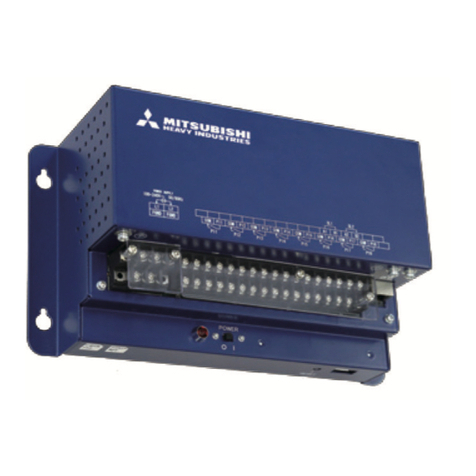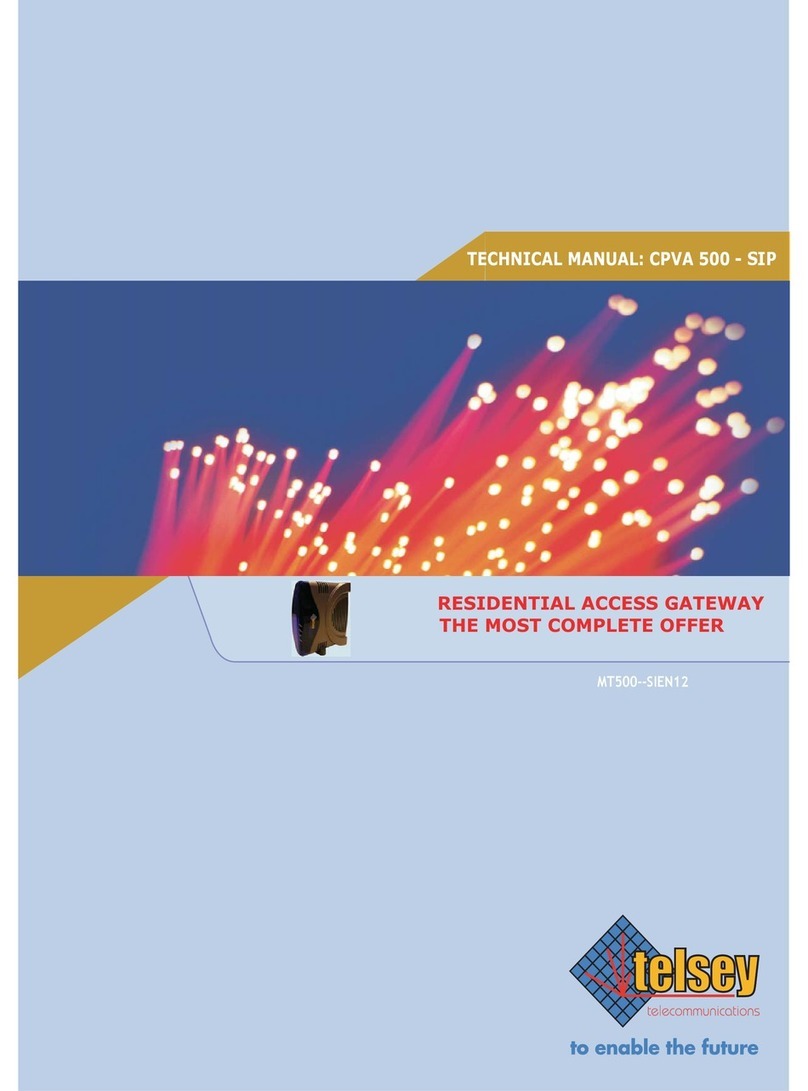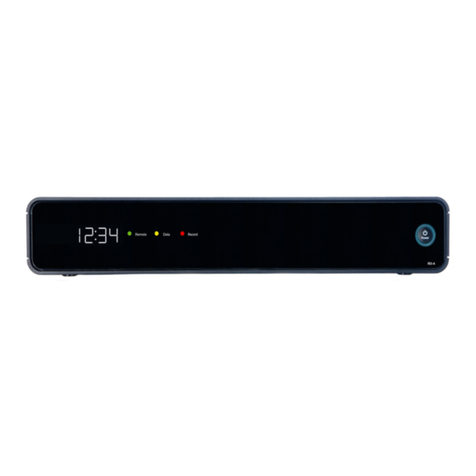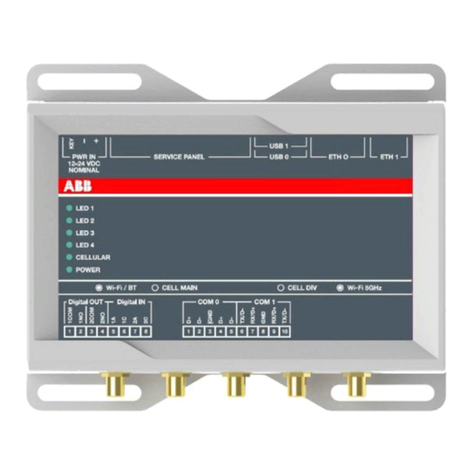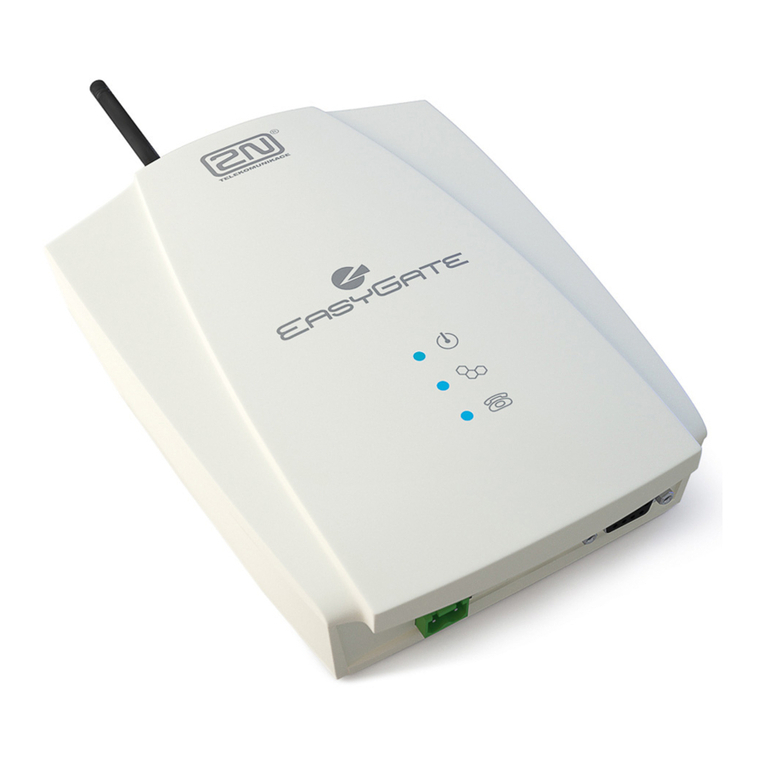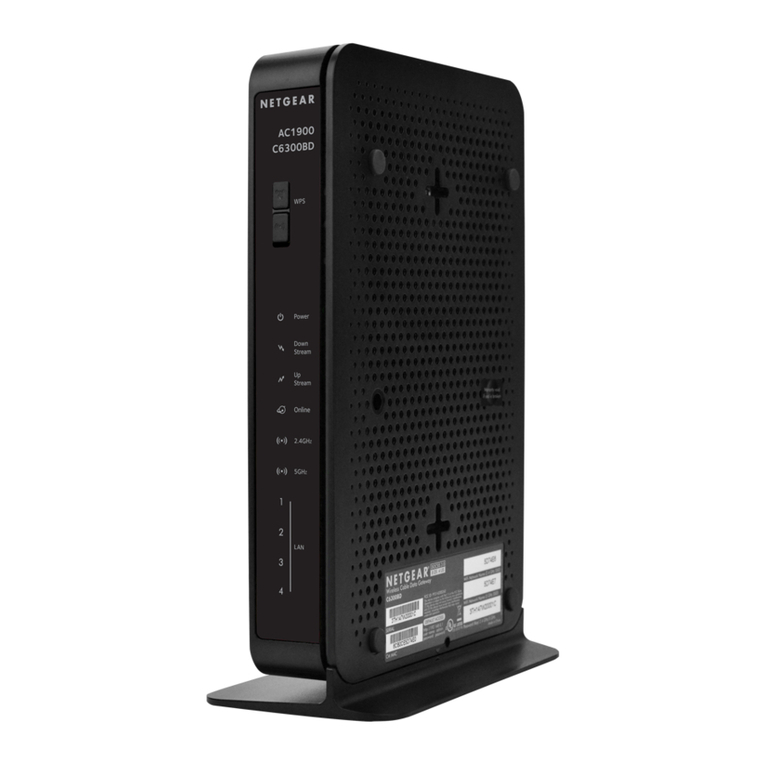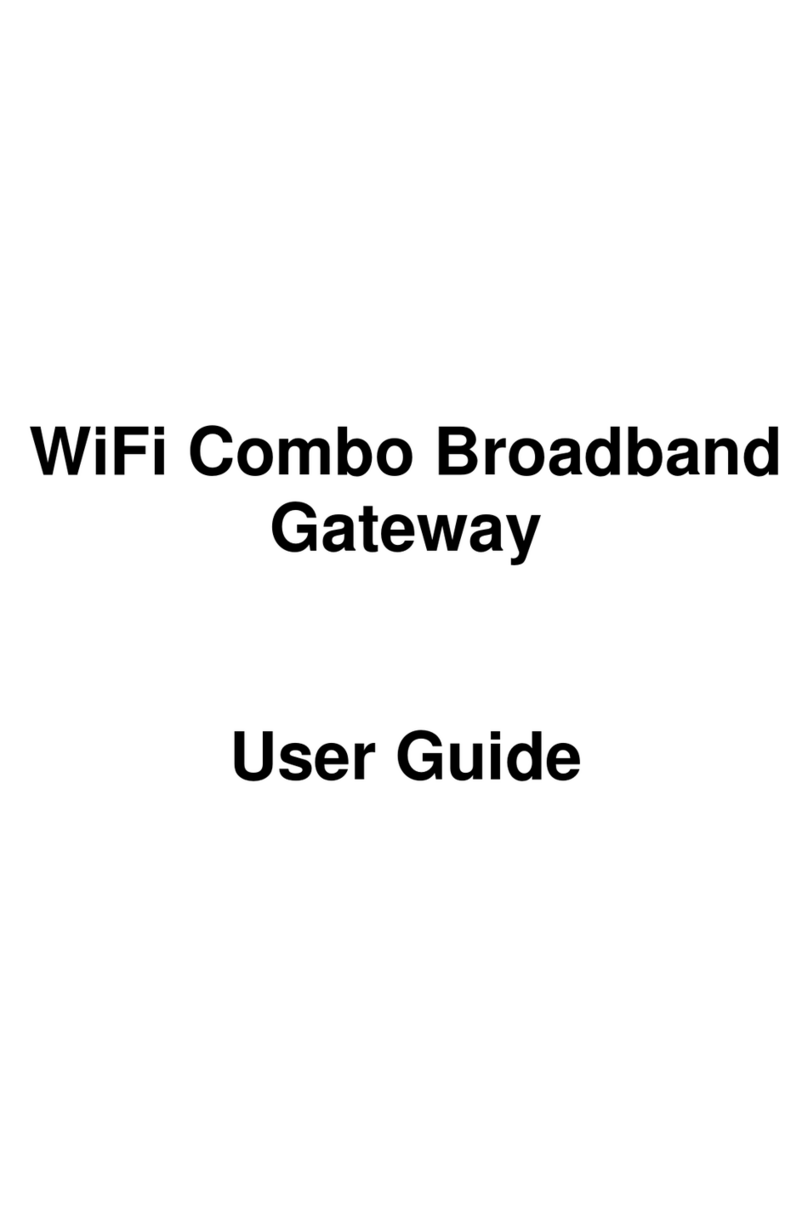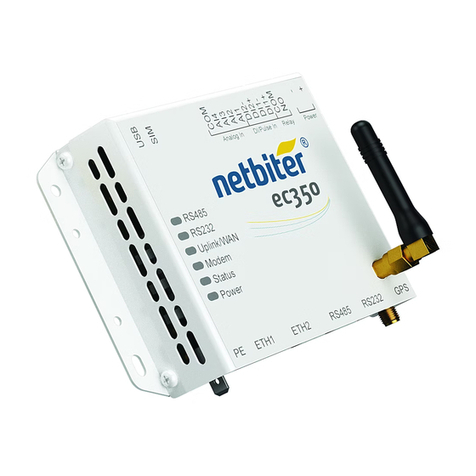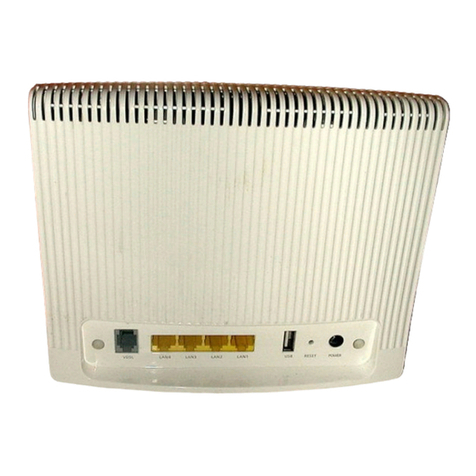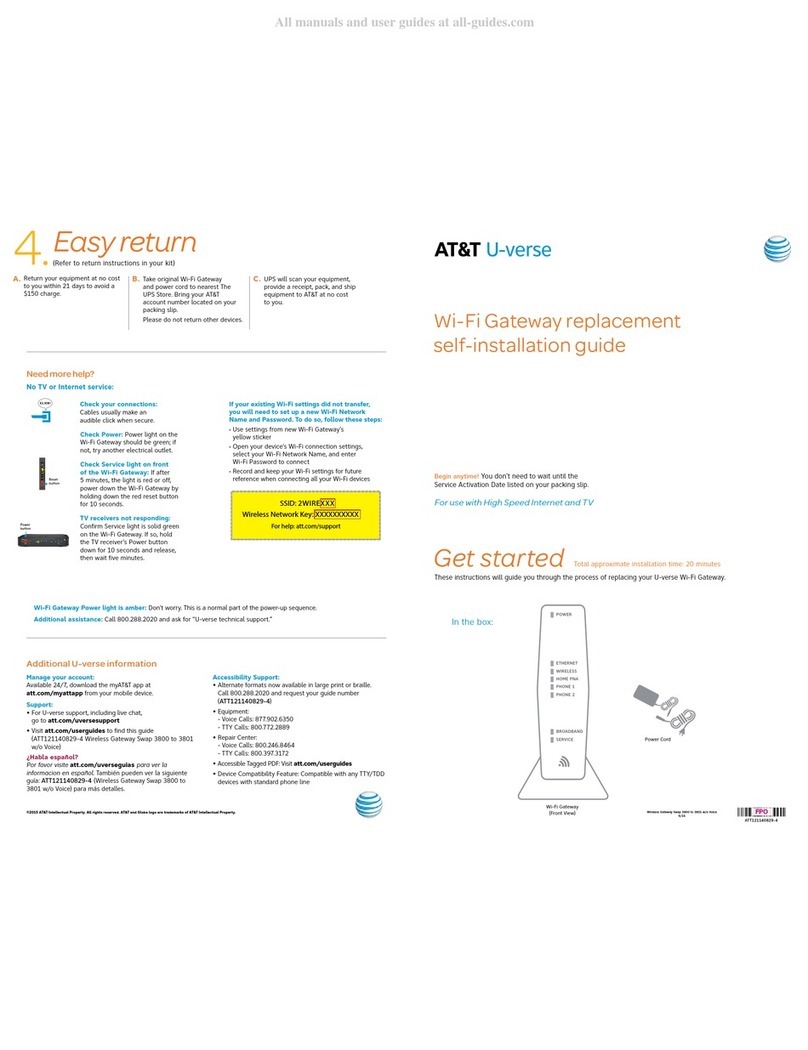Theory of Operation
The NAT Problem
When the Internet was defined, only few computers
were connected to the network. The designers used
32 bit addresses for identifying the network elements
and introduced different classes for networks. Address
areas were assigned to important institutions and
regions.
Over time, the Internet community ran our of ad-
dresses. That lead to the development of “IPv6”, Ver-
sion 6 of the Internet Protocol. Instead of using 32
bits, 128 bits are used for addressing —more than the
number of atoms of the planet and surely enough for
the near and far future. However, the installations in
place is mostly not able to deal with the new protocol.
That was the reason why a trick was used to increase
the number of computers that can be attached to the
Internet: Network Address Translation (NAT).
The principle is simple. A computer may have up to
65535 ports for each protocol family, usually only a
few of them are actually used. By associating ports
with computers the number of computers associated
with one Internet address can be easily multiplied.
From the Internet, it seems that there is only one
computer, however this device just dispatches the
packets to the network behind.
The principle can easily be used for firewalls. The NAT
computer checks the packets for permission to trav-
erse the NAT firewall. A whole industry grew around
this important problem.
For connection oriented protocols, the NAT principle
can easily be managed by the NAT gateway itself. It
keeps an internal list of the open connections and can
forward packets accordingly.
However, voice over IP mandates connectionless pro-
tocols. The voice packets need to be transported over
UDP, so that packets can be transported in real time.
For the NAT gateway, there is no way to find out



